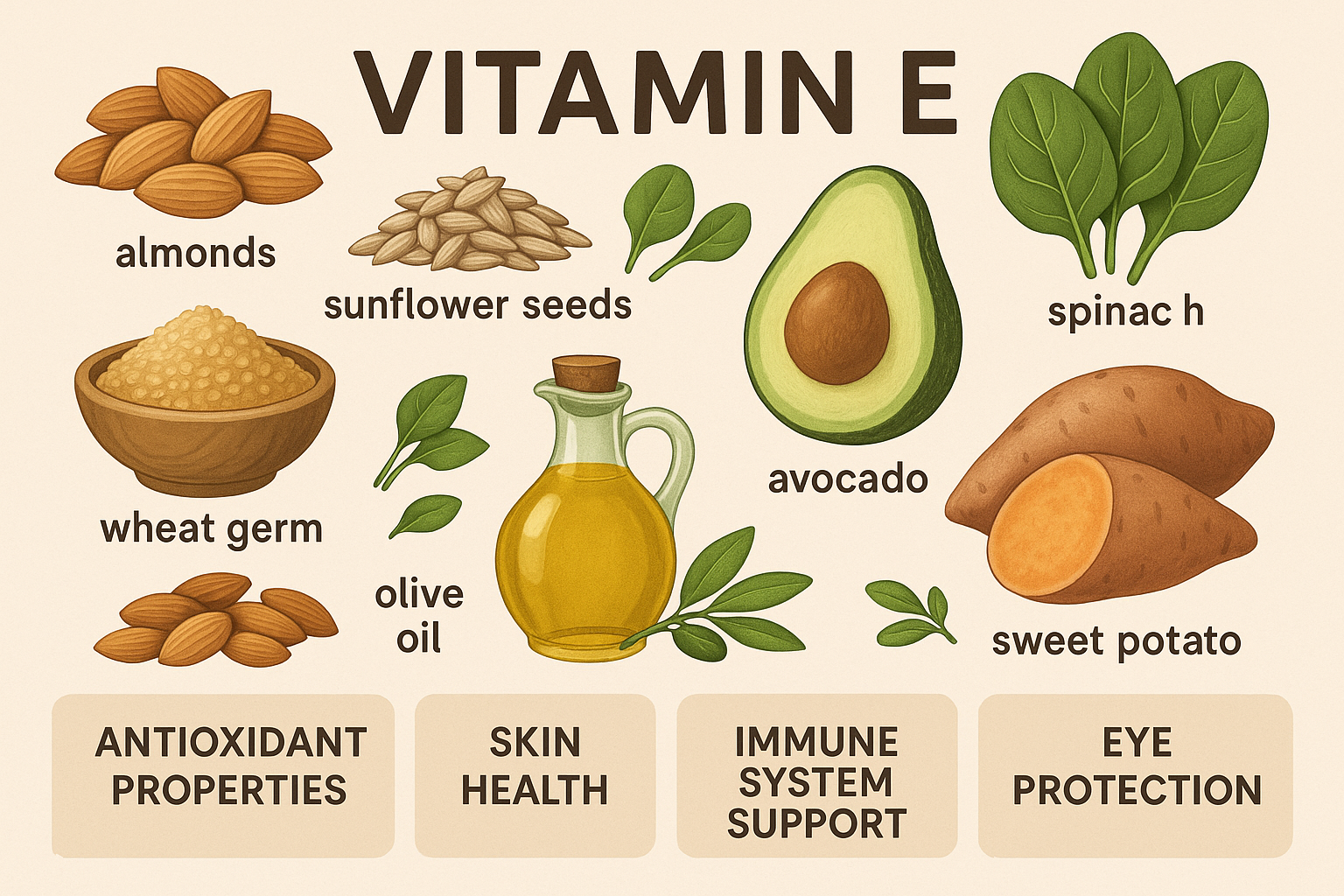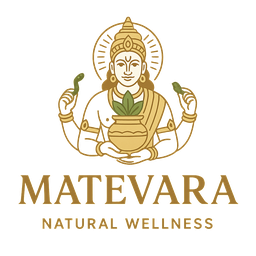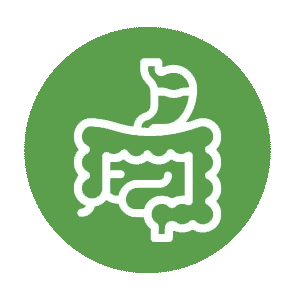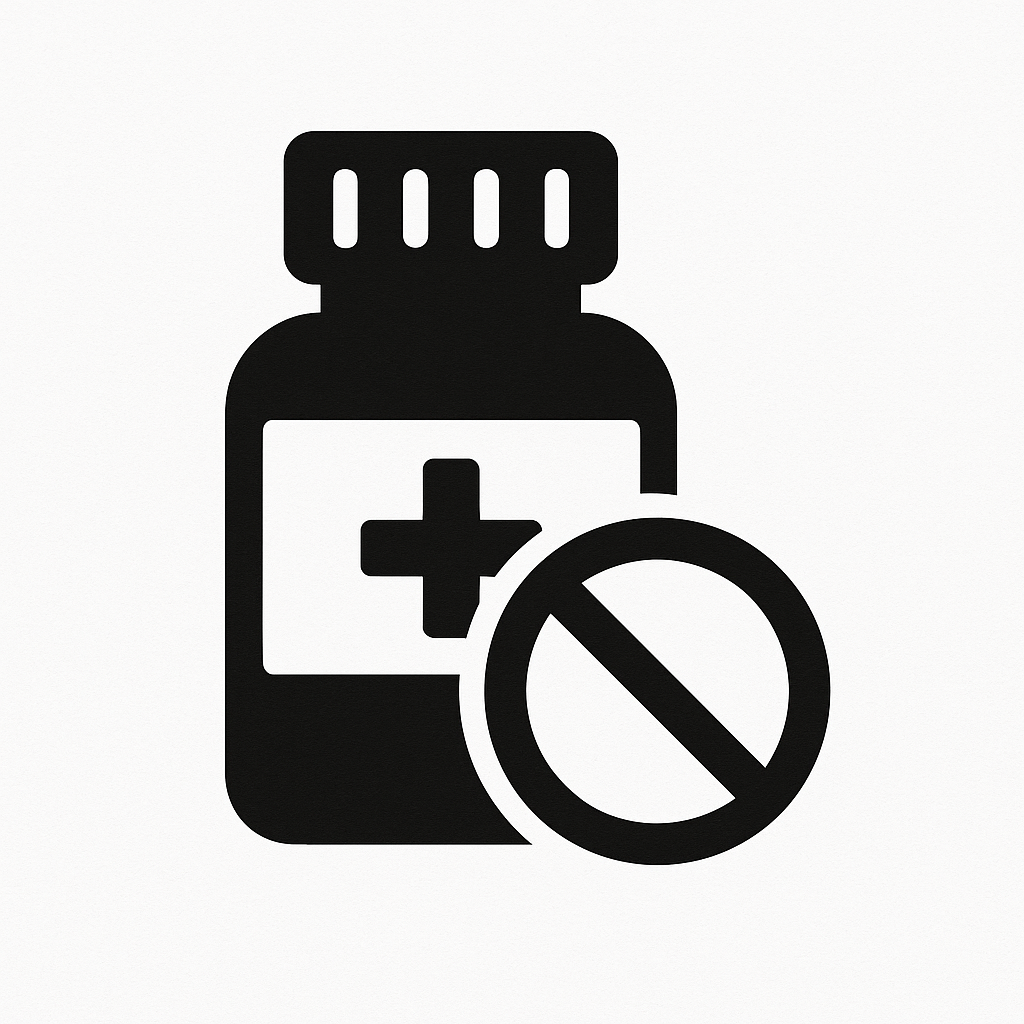
Understanding the Importance of Vitamin E in Daily Health
The Unsung Hero of Nutrition
In the crowded world of vitamins and supplements, vitamin E often doesn't receive the attention it deserves. While vitamin C and D dominate health conversations, vitamin E quietly performs critical functions in virtually every system of your body. This fat-soluble vitamin acts as your body's primary defense against oxidative stress—the cellular damage that accelerates aging and contributes to chronic disease.
Discovered in 1922 by researchers studying reproduction in rats, vitamin E was initially called the "anti-sterility factor." Since then, science has revealed that this remarkable nutrient does far more than support fertility. It protects cell membranes, supports immune function, prevents blood clots, promotes healthy skin, protects vision, and may even reduce the risk of certain cancers and neurodegenerative diseases.
Yet despite its importance, studies suggest that more than 90% of Americans don't meet the recommended daily intake of vitamin E from diet alone. This widespread insufficiency may be contributing to chronic health issues that many people attribute to aging or genetics rather than nutritional deficiency.
Understanding vitamin E—what it does, why you need it, and how to ensure adequate intake—is fundamental to optimizing your health and protecting against premature aging and disease.
What Is Vitamin E? Understanding the Vitamin E Family
Vitamin E isn't a single compound but rather a family of eight related molecules, divided into two categories:
Tocopherols
- Alpha-tocopherol (α-tocopherol)
- Beta-tocopherol (β-tocopherol)
- Gamma-tocopherol (γ-tocopherol)
- Delta-tocopherol (δ-tocopherol)
Tocotrienols
- Alpha-tocotrienol (α-tocotrienol)
- Beta-tocotrienol (β-tocotrienol)
- Gamma-tocotrienol (γ-tocotrienol)
- Delta-tocotrienol (δ-tocotrienol)
Alpha-tocopherol is the most biologically active form in humans and the one your body preferentially absorbs and retains. When you see vitamin E content listed on food labels or supplements, it typically refers to alpha-tocopherol. However, emerging research suggests that the other forms, particularly gamma-tocopherol and the tocotrienols, offer unique health benefits that alpha-tocopherol alone cannot provide.
This is why nutrition experts increasingly recommend "mixed tocopherols" supplements that provide the full spectrum of vitamin E compounds rather than isolated alpha-tocopherol.
How Vitamin E Works: The Antioxidant Powerhouse
Understanding Oxidative Stress
To appreciate vitamin E's importance, you need to understand oxidative stress. Every day, your cells produce energy through metabolic processes that generate reactive oxygen species (ROS)—commonly known as free radicals. These unstable molecules have unpaired electrons, making them highly reactive.
Free radicals steal electrons from other molecules in your cells, causing a chain reaction of damage to:
- Cell membranes
- DNA
- Proteins
- Lipids (fats)
This process, called oxidation, is the same chemical reaction that causes metal to rust or apples to turn brown when exposed to air. In your body, unchecked oxidation accelerates aging, promotes inflammation, and contributes to virtually every chronic disease, including:
- Heart disease
- Cancer
- Alzheimer's and cognitive decline
- Diabetes
- Arthritis
- Vision problems
- Weakened immunity
Vitamin E's Protective Mechanism
Vitamin E is a fat-soluble antioxidant that protects cell membranes—which are made of fatty acids—from oxidative damage. It works by:
- Donating electrons to free radicals, neutralizing them before they can damage cells
- Breaking chain reactions of oxidation that would otherwise spread damage throughout tissues
- Protecting polyunsaturated fatty acids (PUFAs) in cell membranes from lipid peroxidation
- Working synergistically with other antioxidants like vitamin C, which regenerates vitamin E after it neutralizes free radicals
Think of vitamin E as a cellular bodyguard—it sacrifices itself to protect more important cellular structures. Once vitamin E neutralizes a free radical, it becomes oxidized itself. Fortunately, vitamin C can "recharge" oxidized vitamin E, allowing it to function again. This is why getting adequate amounts of both vitamins is important.
Eight Essential Roles of Vitamin E in Daily Health
1. Immune System Support and Enhancement
Your immune system is your body's defense against infections, viruses, and disease. Vitamin E plays several critical roles in immune function:
Enhanced T-Cell Function: T-cells are white blood cells essential for adaptive immunity. Vitamin E supports their proliferation and activity, helping your body mount effective immune responses. Research shows that vitamin E deficiency impairs T-cell function, making you more susceptible to infections.
Improved Antibody Production: Vitamin E enhances B-cell function, supporting the production of antibodies that recognize and neutralize pathogens.
Reduced Inflammation: While acute inflammation is protective, chronic inflammation weakens immunity and contributes to disease. Vitamin E's anti-inflammatory properties help maintain balanced immune function.
Protection of Immune Cells: Immune cells are particularly vulnerable to oxidative damage because they produce high levels of free radicals when fighting infections. Vitamin E protects these cells from self-destruction.
Studies in elderly populations show that vitamin E supplementation significantly improves immune response to vaccinations and reduces the incidence and severity of respiratory infections—particularly important as immune function naturally declines with age.
2. Cardiovascular Health and Protection
Heart disease remains the leading cause of death globally, and vitamin E offers multiple protective mechanisms:
Prevention of LDL Oxidation: One of the initial steps in atherosclerosis (artery hardening) is the oxidation of LDL cholesterol particles. Oxidized LDL is more likely to accumulate in artery walls, forming dangerous plaques. Vitamin E prevents this oxidation, potentially reducing atherosclerosis risk.
Blood Clot Prevention: Vitamin E has mild anticoagulant properties, helping prevent excessive blood clot formation that can cause heart attacks and strokes. It inhibits platelet aggregation—the clumping together of blood cells that forms clots.
Blood Vessel Health: Vitamin E supports the health of endothelial cells lining blood vessels, promoting proper dilation and contraction for healthy blood pressure regulation.
Reduced Inflammation: Chronic inflammation damages blood vessels and promotes cardiovascular disease. Vitamin E's anti-inflammatory effects protect vascular health.
Research yields mixed results on vitamin E supplementation for cardiovascular protection, with some studies showing benefits and others showing none. The consensus suggests that adequate vitamin E intake (ideally from food) supports heart health, particularly when started early in life rather than after disease has already developed.
3. Skin Health, Protection, and Anti-Aging
Vitamin E is one of the most important nutrients for skin health, which is why it's a common ingredient in skincare products:
UV Protection: While not a replacement for sunscreen, vitamin E helps protect skin from ultraviolet radiation damage. It absorbs harmful UV light and neutralizes free radicals generated by sun exposure.
Moisture Retention: Vitamin E strengthens the skin's barrier function, helping retain moisture and prevent transepidermal water loss that leads to dry, flaky skin.
Wound Healing: Vitamin E supports tissue repair and regeneration, potentially accelerating wound healing and reducing scar formation, though evidence for topical application is mixed.
Anti-Aging Effects: By protecting collagen and elastin from oxidative damage, vitamin E helps maintain skin elasticity and reduce the appearance of wrinkles and age spots.
Skin Condition Management: Some research suggests vitamin E may help manage inflammatory skin conditions like eczema and psoriasis.
Both dietary vitamin E and topical application can benefit skin health, though consuming vitamin E provides systemic benefits that topical application cannot achieve alone.
4. Eye Health and Vision Protection
Your eyes are particularly vulnerable to oxidative damage due to constant light exposure. Vitamin E plays crucial roles in vision protection:
Macular Degeneration Prevention: Age-related macular degeneration (AMD) is a leading cause of vision loss in older adults. The AREDS2 study showed that antioxidant supplementation including vitamin E reduced the risk of advanced AMD by 25% in high-risk individuals.
Cataract Prevention: Oxidative stress contributes to cataract formation—clouding of the eye's lens. Studies suggest that adequate vitamin E intake is associated with lower cataract risk, though supplementation hasn't consistently shown protective effects.
Retinal Protection: The retina contains high concentrations of polyunsaturated fatty acids vulnerable to oxidative damage. Vitamin E protects these delicate structures from light-induced free radical damage.
Overall Eye Health: Vitamin E supports the health of blood vessels supplying the eyes and protects against oxidative stress that contributes to various eye conditions.
Maintaining adequate vitamin E levels throughout life appears more beneficial for eye health than starting supplementation after problems develop.
5. Cognitive Function and Neuroprotection
Your brain is highly metabolically active and contains abundant fatty acids, making it particularly vulnerable to oxidative damage. Vitamin E provides critical neuroprotection:
Alzheimer's Disease Prevention: Some research suggests that higher dietary vitamin E intake is associated with reduced Alzheimer's risk. One study found that high dietary vitamin E intake reduced Alzheimer's risk by up to 70%, though supplementation studies show less consistent results.
Cognitive Decline Reduction: Studies in elderly populations show that adequate vitamin E status is associated with better memory, processing speed, and overall cognitive function.
Brain Cell Protection: Vitamin E protects neurons from oxidative damage that accumulates over decades, potentially slowing age-related cognitive decline.
Myelin Maintenance: Myelin, the fatty sheath surrounding nerve fibers, requires vitamin E for protection. Vitamin E deficiency can impair nerve function and cause neurological symptoms.
The relationship between vitamin E and brain health is complex, with dietary intake showing stronger associations with cognitive benefits than supplementation initiated later in life.
6. Reproductive Health and Fertility
Vitamin E was originally discovered for its role in reproduction, and it remains important for reproductive health:
Male Fertility: Vitamin E protects sperm from oxidative damage, potentially improving sperm quality, motility, and DNA integrity. Some studies show that vitamin E supplementation improves fertility outcomes in men with oxidative stress-related infertility.
Female Fertility: Adequate vitamin E supports healthy egg quality and may improve outcomes in women undergoing fertility treatments, though research is limited.
Pregnancy Support: Vitamin E helps prevent complications like preeclampsia (pregnancy-related high blood pressure) and supports fetal development, though excessive supplementation isn't recommended.
Hormonal Balance: Vitamin E supports proper hormone production and function, contributing to reproductive health in both men and women.
While severe vitamin E deficiency can cause infertility, supplementation beyond adequate levels hasn't been proven to enhance fertility in healthy individuals.
7. Exercise Recovery and Muscle Health
Physical activity increases free radical production, making athletes and active individuals potentially more vulnerable to oxidative stress:
Reduced Exercise-Induced Damage: Intense exercise generates oxidative stress that damages muscle cells. Vitamin E helps neutralize these free radicals, potentially reducing muscle soreness and accelerating recovery.
Performance Protection: By reducing oxidative stress, vitamin E may help maintain performance during repeated bouts of exercise or competition.
Mitochondrial Health: Mitochondria—the energy-producing structures in cells—are particularly vulnerable to oxidative damage during exercise. Vitamin E protects mitochondrial membranes, supporting efficient energy production.
Muscle Membrane Integrity: Vitamin E helps maintain the integrity of muscle cell membranes, preventing excessive breakdown during intense training.
However, research suggests that excessive antioxidant supplementation might actually interfere with beneficial adaptations to exercise training. Moderate vitamin E intake from food sources appears optimal for athletes.
8. Chronic Disease Prevention
Beyond specific systems, vitamin E contributes to overall disease prevention:
Cancer Risk Reduction: While results are mixed, some research suggests adequate vitamin E intake may reduce certain cancer risks by protecting DNA from oxidative damage and supporting immune surveillance of abnormal cells.
Diabetes Management: Vitamin E may improve insulin sensitivity and reduce oxidative stress in people with diabetes, potentially slowing complications.
Inflammatory Disease Modulation: By reducing chronic inflammation, vitamin E may help manage conditions like arthritis, inflammatory bowel disease, and autoimmune disorders.
Longevity Support: By protecting against the cumulative oxidative damage that drives aging, adequate vitamin E intake may contribute to healthier, longer life.
Signs and Symptoms of Vitamin E Deficiency
True vitamin E deficiency is rare in healthy people but can occur in certain situations:
Risk Factors for Deficiency:
- Fat malabsorption disorders (Crohn's disease, cystic fibrosis, liver disease)
- Genetic disorders affecting vitamin E metabolism
- Very low-fat diets with insufficient vitamin E-rich foods
- Premature infants with underdeveloped digestive systems
- Long-term use of certain medications
Symptoms of Deficiency:
- Muscle weakness and difficulty walking
- Vision problems
- Weakened immune function and frequent infections
- Numbness or tingling in extremities
- Coordination and balance problems
- Cognitive difficulties
- Skin problems
Subclinical insufficiency (not enough to cause obvious symptoms but insufficient for optimal health) is more common and may contribute to:
- Accelerated aging
- Increased disease susceptibility
- Poor immune function
- Premature cognitive decline
Best Food Sources of Vitamin E
The most effective way to ensure adequate vitamin E intake is through a varied diet rich in vitamin E-containing foods:
Nuts and Seeds (Richest Sources):
- Sunflower seeds: 7.4mg per ounce (49% DV)
- Almonds: 6.8mg per ounce (45% DV)
- Hazelnuts: 4.3mg per ounce (28% DV)
- Peanuts and peanut butter: 2.4mg per ounce (16% DV)
Vegetable Oils:
- Wheat germ oil: 20.3mg per tablespoon (135% DV)
- Sunflower oil: 5.6mg per tablespoon (37% DV)
- Safflower oil: 4.6mg per tablespoon (31% DV)
- Olive oil: 2mg per tablespoon (13% DV)
Green Leafy Vegetables:
- Spinach (cooked): 1.9mg per half cup (13% DV)
- Swiss chard (cooked): 1.6mg per half cup (11% DV)
- Turnip greens: 1.6mg per half cup (11% DV)
- Beet greens: 1.3mg per half cup (9% DV)
Other Sources:
- Avocado: 2.1mg per fruit (14% DV)
- Red bell pepper: 1.9mg per pepper (13% DV)
- Mango: 1.5mg per fruit (10% DV)
- Kiwi: 1.1mg per fruit (7% DV)
- Fortified cereals (varies by brand)
Note: DV = Daily Value based on 15mg for adults
Recommended Daily Intake
Official Recommendations:
- Adults: 15mg (22.4 IU) daily
- Pregnant women: 15mg daily
- Breastfeeding women: 19mg daily
- Children (varies by age): 6-15mg daily
Optimal Intake for Health: Many nutrition experts suggest that optimal intake may be higher than the official RDA, particularly for:
- Older adults: 100-200 IU (67-134mg) for enhanced immune function
- People with chronic diseases: Higher intakes under medical supervision
- Athletes: Modest increases to offset exercise-induced oxidative stress
Upper Limit: The tolerable upper intake level is 1,000mg (1,500 IU) daily from supplements. Higher doses can increase bleeding risk and may interfere with vitamin K.
When to Consider Vitamin E Supplementation
While food sources are ideal, supplementation may benefit certain people:
Good Candidates for Supplementation:
- People with fat malabsorption disorders
- Those with very low dietary intake of vitamin E-rich foods
- Older adults with increased oxidative stress
- Individuals with chronic diseases causing increased vitamin E needs
- People on very low-fat diets
- Those with genetic variants affecting vitamin E metabolism
Choosing a Supplement:
- Natural vs. Synthetic: Natural vitamin E (d-alpha-tocopherol) is more bioavailable than synthetic (dl-alpha-tocopherol). Natural forms are preferred.
- Mixed Tocopherols: Supplements containing all forms of vitamin E (alpha, beta, gamma, delta) provide broader benefits than alpha-tocopherol alone.
- Dosage: Most supplements contain 100-400 IU, which is generally safe and effective for most people.
- With Fat: Take vitamin E with a meal containing fat to enhance absorption.
Potential Risks and Interactions
High-Dose Concerns:
- Increased bleeding risk: Vitamin E has mild blood-thinning effects
- Interference with vitamin K: High doses may impair blood clotting
- Potential stroke risk: Some studies suggest very high doses (400+ IU) might increase hemorrhagic stroke risk in certain populations
Medication Interactions:
- Blood thinners (warfarin, aspirin, clopidogrel): Vitamin E can enhance effects, increasing bleeding risk
- Chemotherapy drugs: May interfere with treatment effectiveness
- Statins and niacin: Vitamin E might reduce the effectiveness of cholesterol-lowering therapy
- Antiplatelet drugs: Combined effects could increase bleeding
Always consult your healthcare provider before taking vitamin E supplements if you take medications or have health conditions.
Maximizing Vitamin E Benefits: Practical Strategies
Dietary Strategies:
- Include healthy fats daily: Nuts, seeds, avocados, and quality oils
- Eat the rainbow: Colorful vegetables contain vitamin E plus complementary antioxidants
- Don't overcook: Vitamin E degrades with high heat and light exposure
- Store oils properly: Keep in cool, dark places to prevent oxidation
- Combine with vitamin C: These antioxidants work synergistically
Lifestyle Factors:
- Reduce oxidative stress: Avoid smoking, excessive alcohol, and environmental toxins
- Manage inflammation: Address chronic stress, poor sleep, and inflammatory diets
- Exercise moderately: Regular activity is beneficial, but excessive intense exercise increases vitamin E needs
- Protect from UV damage: While vitamin E helps, it doesn't replace sunscreen
Take Charge of Your Antioxidant Protection
Vitamin E may not be the flashiest vitamin, but its role in protecting your cells from oxidative damage, supporting immune function, maintaining cardiovascular health, and promoting healthy aging makes it absolutely essential for daily health. Whether from vibrant vegetables, nutrient-dense nuts and seeds, or high-quality oils, ensuring adequate vitamin E intake is one of the most important nutritional strategies for long-term wellness.
The good news is that with conscious food choices—a handful of almonds here, a spinach salad there, cooking with olive oil—you can meet your vitamin E needs deliciously and naturally. For those with increased needs or absorption challenges, quality supplementation offers an effective solution under appropriate guidance.
Your cells work tirelessly every day, and vitamin E works just as tirelessly to protect them. Give your body the antioxidant support it needs to thrive.
Ready to optimize your vitamin intake for better health? Explore high-quality vitamin supplements, including vitamin E formulations with mixed tocopherols, at Matevara's Vitamin Collection. Discover products designed to support your immune system, cardiovascular health, skin vitality, and overall wellness with science-backed formulations.
Invest in your cellular health today—your future self will thank you.
Disclaimer: This article is for informational purposes only and does not constitute medical advice. Vitamin E supplements are not intended to diagnose, treat, cure, or prevent any disease. Always consult with a qualified healthcare provider before starting any new supplement regimen, especially if you have existing health conditions, take medications (particularly blood thinners), or are pregnant or breastfeeding. Individual nutritional needs vary based on age, health status, and other factors.
Share








